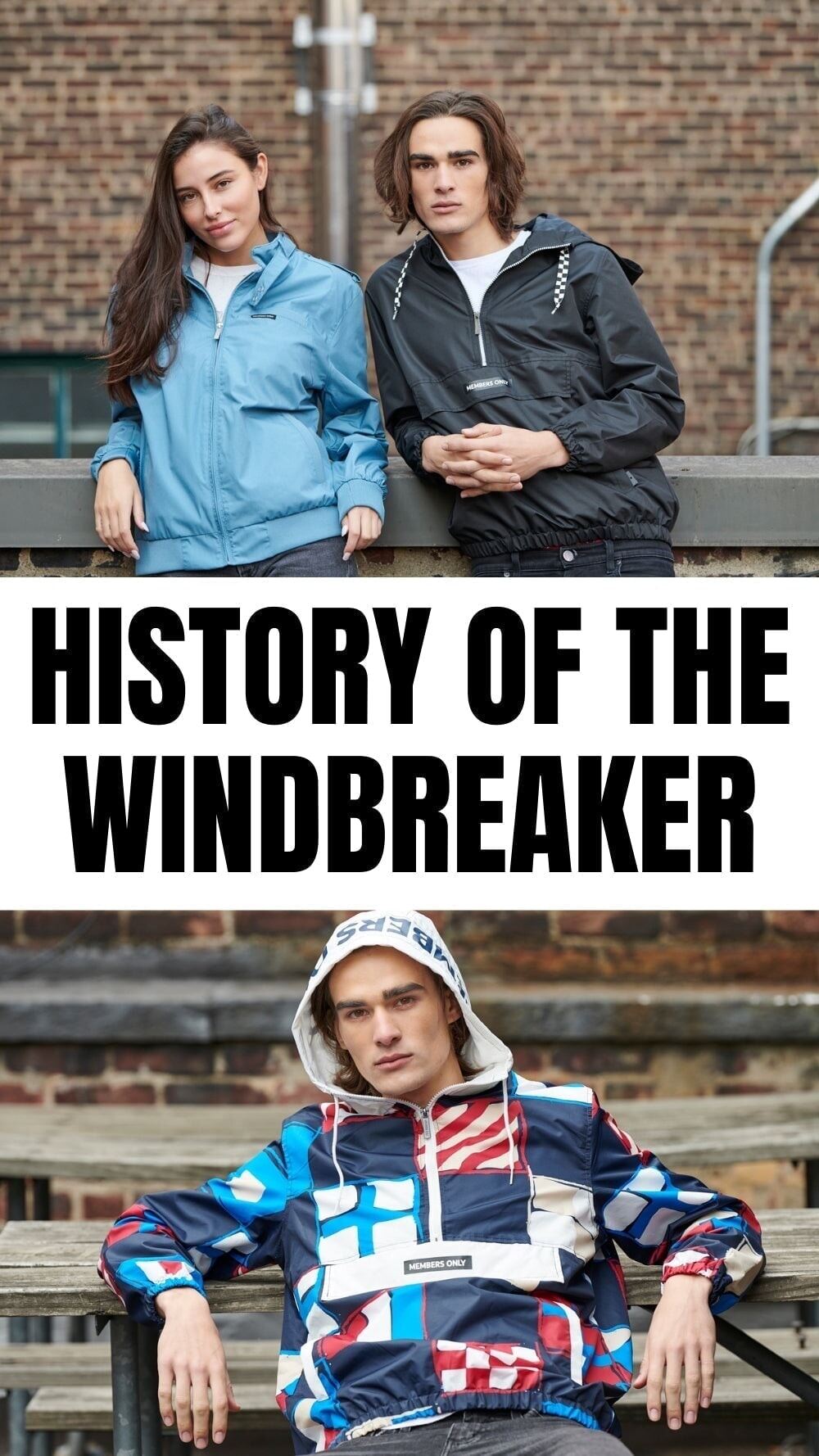
History Of The Windbreaker
Chances are you aren’t thinking too much about your windbreaker jacket when you toss it on in the morning. At most, you are wondering if it matches your outfit or perhaps, you’re hoping it really will live up to its promises of deflecting the wind. As it turns out however, there is a rich history behind this casual outerwear style that all of us have worn at one time or another. Let’s talk a bit about the history of the windbreaker and how it has evolved to become a wardrobe staple in 2019. A lightweight windbreaker jacket for spring is the perfect blend of function and fashion, offering protection from the wind while keeping your look fresh and stylish for the warmer months.
Modern interpretation of a classic windbreaker jacket really starts appearing in the 1970’s, but if you were to dig a little deeper, this jacket has been adapting itself to fit environmental and societal demands for over 500 years. This jacket is a descendant from parkas, first being created by Inuits in arctic conditions. Traditionally, they were made by two animal skins fashioned together and weatherproofed by seal fat. This insulating, waterproof jacket was soon adopted by western polar explorers in the early 20th century and gained popularity from then on out as ordinary winter outerwear. Fast forward to today, and the men’s windbreaker jacket for summer layering has evolved into a lightweight, functional, and fashionable staple—perfect for transitioning through seasons with ease and style.
It wasn’t until the end of WW2 that new materials were introduced into this style, and artificial fibers began to replace animal skins. With technology advancing at an astonishing rate, weatherproof fabrics became the norm, and the jackets became lighter and less bulky than past versions. A packable mens windbreaker jacket for travel became an essential part of every adventurer’s wardrobe—easy to fold, lightweight to carry, and reliable in unpredictable weather.
When the 1970s came around, there was a new sportswear trend happening and a demand for lighter, more fashionable jackets. Queue the modern windbreaker, please! This is when you started seeing what we interpret as windbreakers today—everywhere. This era also marked the rise of our Iconic Racer Jacket, which began to make a name for itself as the most trend-forward lightweight jacket on the market. Today, Members Only Iconic Racer Jackets continue to be a staple, blending timeless design with contemporary tailoring for the perfect all-season layer.






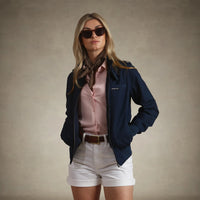
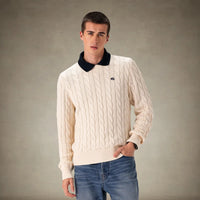


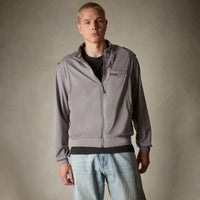






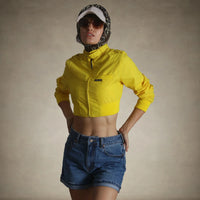

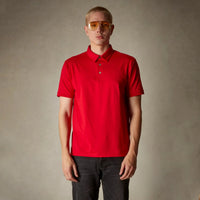
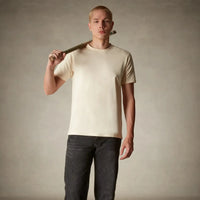
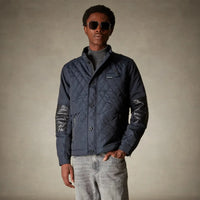




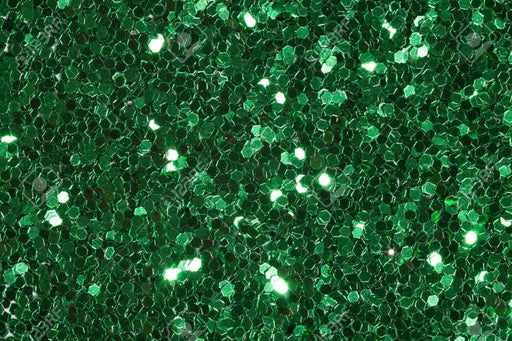


Leave a comment
This site is protected by hCaptcha and the hCaptcha Privacy Policy and Terms of Service apply.